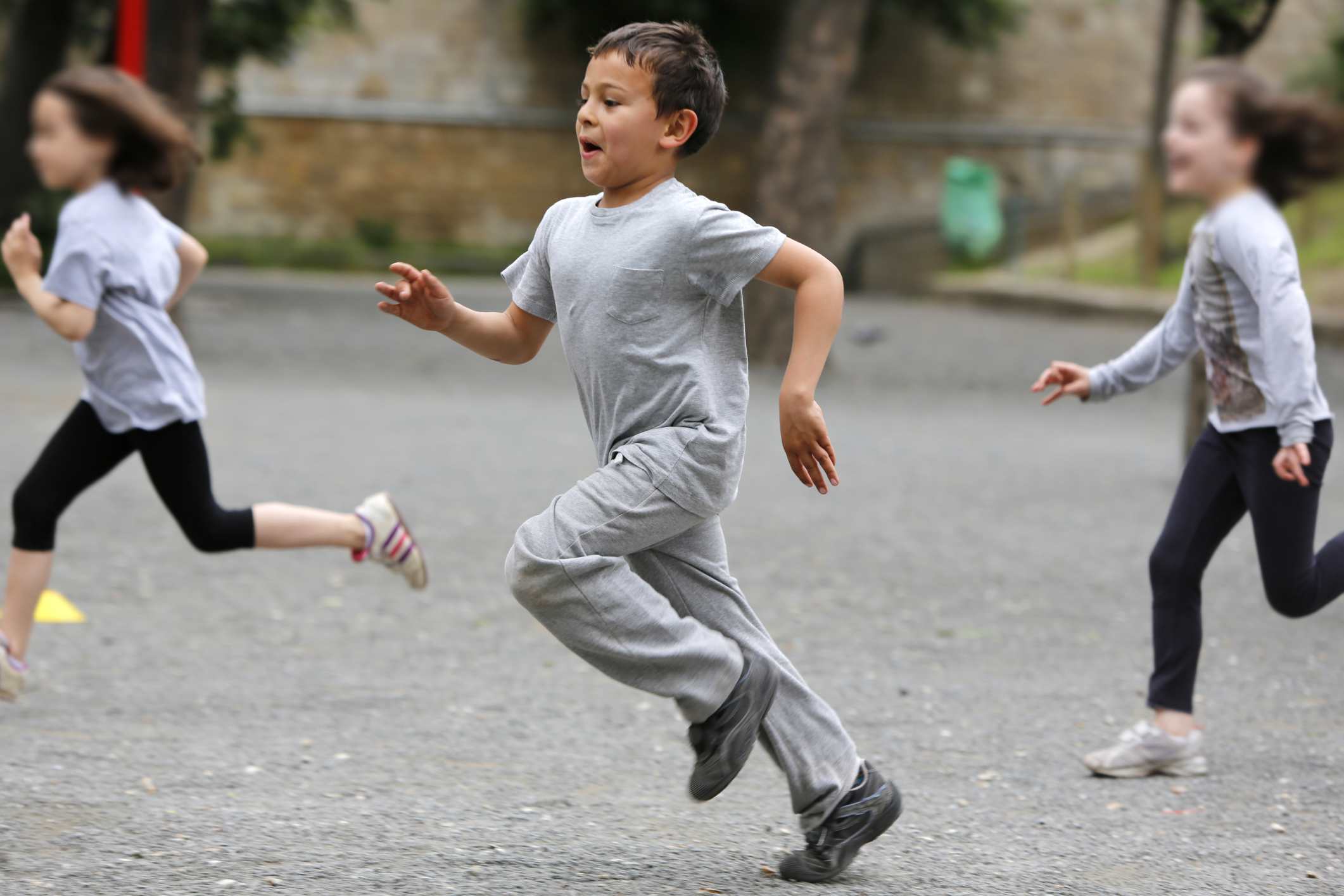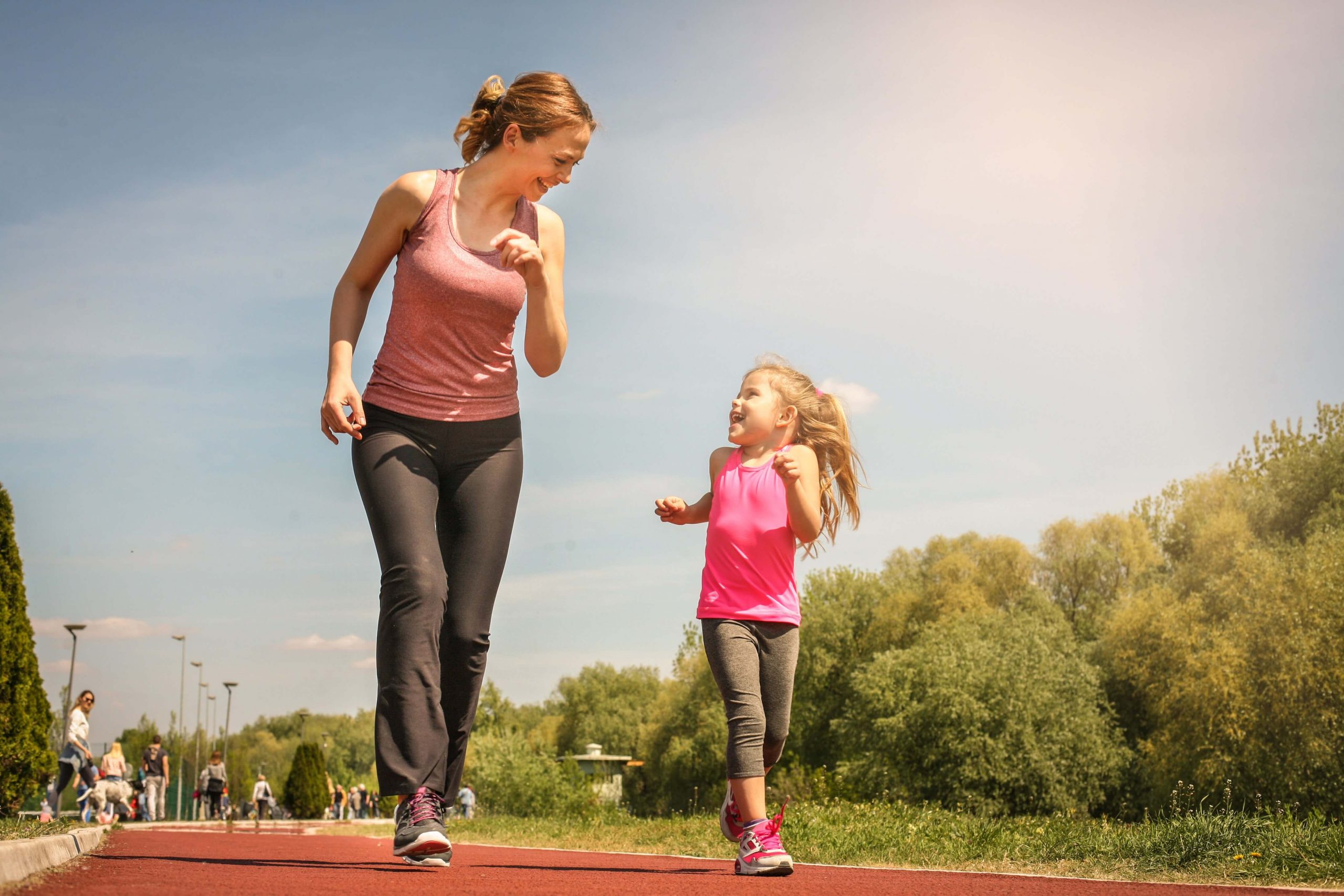
The Best Physical Activities For Kids And Their Benefits
Physical activities for kids are very crucial for their development. They helps lay the foundation for healthy habits that they will carry with them throughout their lives. However, you may be wondering if your child is old enough to begin participating in certain forms of exercise or organized sports. Keep reading to find out what kinds of sports your child should watch until they are older to participate, what kinds of physical activities are appropriate for children, and what kinds of benefits your child will receive from moving around daily.
Your Child’s Everyday Active Play
It’s possible that you’ve noticed that your child is constantly on the move from the moment they wake up until the time they go to bed. All of the activity that your child participates in, such as walking, running, jumping, climbing, throwing a ball, dancing, or pulling a toy around, contributes to your child’s healthy development and prepares them for participation in organized sports in the future. Because a child has a short attention span, you will notice that your child is constantly switching between activities, even from one minute to the next. This is not at all a problem. To make room for as much physical activity as possible, it is important to encourage people to participate in these kinds of active pursuits as much as possible and to restrict the amount of time spent in front of screens to no more than an hour per day.
Participate in your child’s play or watch over his or her interactions with his siblings or other children of a similar age or both. To motivate them to get up and move around, take them to a nearby park or playground. It is perfectly acceptable for enjoyable physical activities to take place inside as well, of course. When you go out with your child and put them in the stroller, take them out of it every so often and walk next to you while holding their hand. This will help to develop important motor skills. Child gets a taste of how much fun it is to be physically active as a result of this. Later on, when your child’s coordination has improved, she or he will be able to confidently walk up and down stairs, start running, begin pedalling a tricycle or a bicycle with training wheels, and engage in a variety of other activities.
Benefits of Physical Activities for Kids
Participating in regular physical activity throughout childhood and adolescence confers a multitude of long-term benefits, including the following:
- Improving cardiorespiratory fitness
- The development of robust bones and muscles
- Contributing to the regulation of weight
- Providing relief from the signs and symptoms of anxiety and depression
- Lowering the likelihood of developing certain health conditions, including but not limited to heart disease, cancer, type 2 diabetes, high blood pressure, osteoporosis, and/or obesity.
How Much Physical Activity Does Your Children Need?
Specialists recommend the following levels of physical activity and exercise as appropriate for children to participate in on a daily basis:
- At least half an hour of well-planned and organized physical activity with an adult supervisor. This could take the form of playing a game, throwing around a softball, or even enacting a scene from a book that they have read.
- A minimum of one hour and a half of unstructured physical activity with an adult present to provide supervision. This could take the form of playing make-believe, running around the backyard, or hosting a playdate at your house with a friend.
Consider these suggestions as jumping-off points, and remember that you don’t need to devote large chunks of time to a single bout of exercise or physical activity. You can break it up into shorter sessions and still reap the benefits. A child should not be inactive for more than an hour at a time, with the exception of when they are sleeping.
In this context, check out our tips for developing your child’s physical skills.
Examples of Physical Activities for kids and Pre-schoolers
Unstructured active play that is still closely supervised and can include a variety of activities is most beneficial for children and pre-schoolers.
- running
- hopping
- skipping
- jumping
- tumbling
- playing catch
- dancing
- swimming (eventually, your child will need lessons, but in the beginning, you can focus on parent-child water play)
- riding a tricycle and later a bicycle
- climbing on playground equipment.
Ideas for Family-Focused Activities
Here are some specific physical activities for kids that are fun for the whole family to do together, whether you are inside or outside:
- Imitate the movements of animals, such as the waddling of penguins or the hopping of frogs, for example.
- Have some fun with a game of “Duck, Duck, Goose,” “Ring Around the Rosy,” or “Follow the Leader,” among other options.
- Outside, you can try jumping, hopping, skipping, or even walking backward.
- Put your back to your kid, grab their hands, and start singing “Row, row, row your boat” while you rock back and forth.
- Construct a bridge with your body and allow your child to cross it by climbing over or crawling under you.
- Take turns dancing and playing music.
- Outside activities include kickball and T-ball games.
- Have some fun with freeze tag or freeze dance.
- Create a treasure hunt with items that are hidden all over the house and in the backyard.
- Create an obstacle course inside the house using things like pillows, chairs, and boxes, and challenge your family and friends to complete it.
- You can play catch, kickball, volleyball, basketball, bowling, or soccer with a soft foam ball, regardless of whether you’re playing the game inside or outside.
What Physical Activities Are Children Capable Of?
The opportunity to be physically active is something that many children look forward to, and some of them exhibit an interest in sports at a very young age. On the other hand, this does not necessarily mean that your child will start playing basketball at the age of 2. Remember that your child’s age, maturity level, and capabilities will determine which types of physical activities are most suitable for them. Some activities may be more age-appropriate than others. Consult your child’s paediatrician for individualized guidance if you are ever unsure whether or not a particular activity is appropriate for your child. In general, a children should be able to do the following activities by the time he or she is three years old.
- walk and run well
- jump in place
- balance on one foot
- catch and throw a ball
- kick a ball forward
- pedal a tricycle/bicycle.
Why Physical Activities for Kids Aren’t Recommended
Throwing, catching, and taking turns are still among the most fundamental skills that children and pre-schoolers learn between the ages of 2 and 5. They still lack the fundamental motor skills required for participation in organized sports. They are still working on improving their visual and coordination skills. In addition, young children are not the best candidates for participating in competitive sports because they are unlikely to have the critical thinking capacity to understand that their sense of self-worth is independent of the results of a game in which they win or lose. In addition, children of this age will still have difficulty comprehending and acting according to the rules of competitive sports. Because of this, it is important to place an emphasis during the child’s years on the active play that is both supervised and unstructured, such as running around in your backyard or playing with other children at the local park. It is also important to engage in structured play with your children, such as playing catch or dancing together, for example.
Have any questions regarding the topic “Physical Exercise For Children” feel free to comment below.


